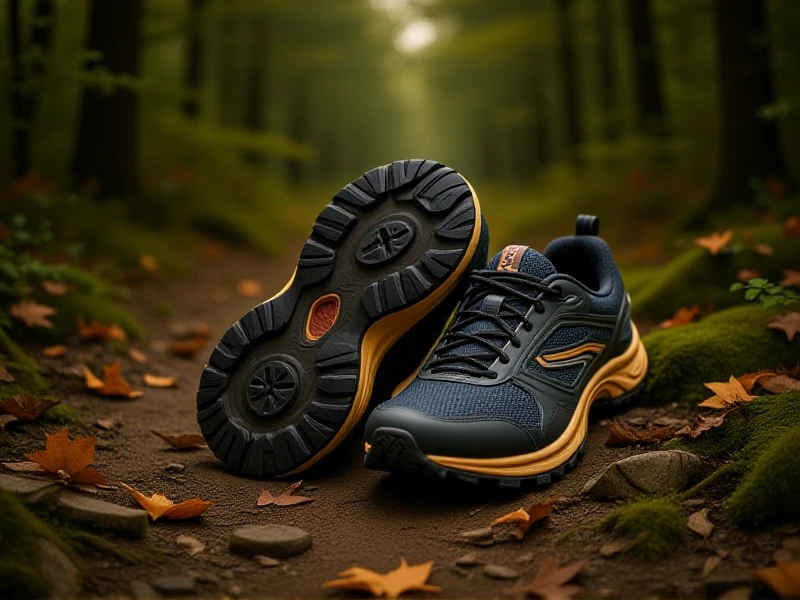
The Ultimate Guide to Choosing Your Perfect Running Shoes
Finding the right running shoes transforms every stride from a chore to a pleasure. With countless options crowding the market, selecting the ideal pair might feel overwhelming. This guide cuts through the noise to help you match your needs with exceptional performance.
First, understand why proper running shoes matter. They absorb impact—up to three times your body weight with each step—protecting joints from stress fractures and shin splints. Ill-fitting sneakers cause blisters, black toenails, and inefficient energy transfer, slowing your progress. Consider your foot arch: flat feet need stability shoes with medial support, while high arches thrive in cushioned models for shock dispersion.
Next, match shoes to your terrain. Road running soles prioritize lightweight foam for pavement pounding, whereas trail variants feature aggressive treads and rock guards for uneven paths. Race-day shoes shave ounces for speed, while daily trainers balance durability and comfort. Brands like Brooks, Nike, and Asics excel in biomechanical engineering, but personal feel trumps hype—always test jogging in-store before buying.
Replace running shoes every 300-500 miles. Squeeze the midsole; if it lacks bounce, it’s time to rotate in fresh kicks. Rotate between two pairs to prolong lifespan and adapt muscles to varied responses. For maintenance, remove insoles post-run, air-dry naturally, and avoid machine washing to preserve cushioning tech like Adidas Boost or Nike Air Zoom.
Prioritize comfort over aesthetics. A thumb’s width of toe space prevents nails bruising, and snug heels eliminate slippage. Ready to upgrade? Analyze worn soles: heel wear indicates underpronation needing flexible designs; inner-edge erosion suggests overpronation requiring structured support.
Transform your runs—invest wisely in running shoes engineered for your unique stride. The road awaits; conquer it confidently.